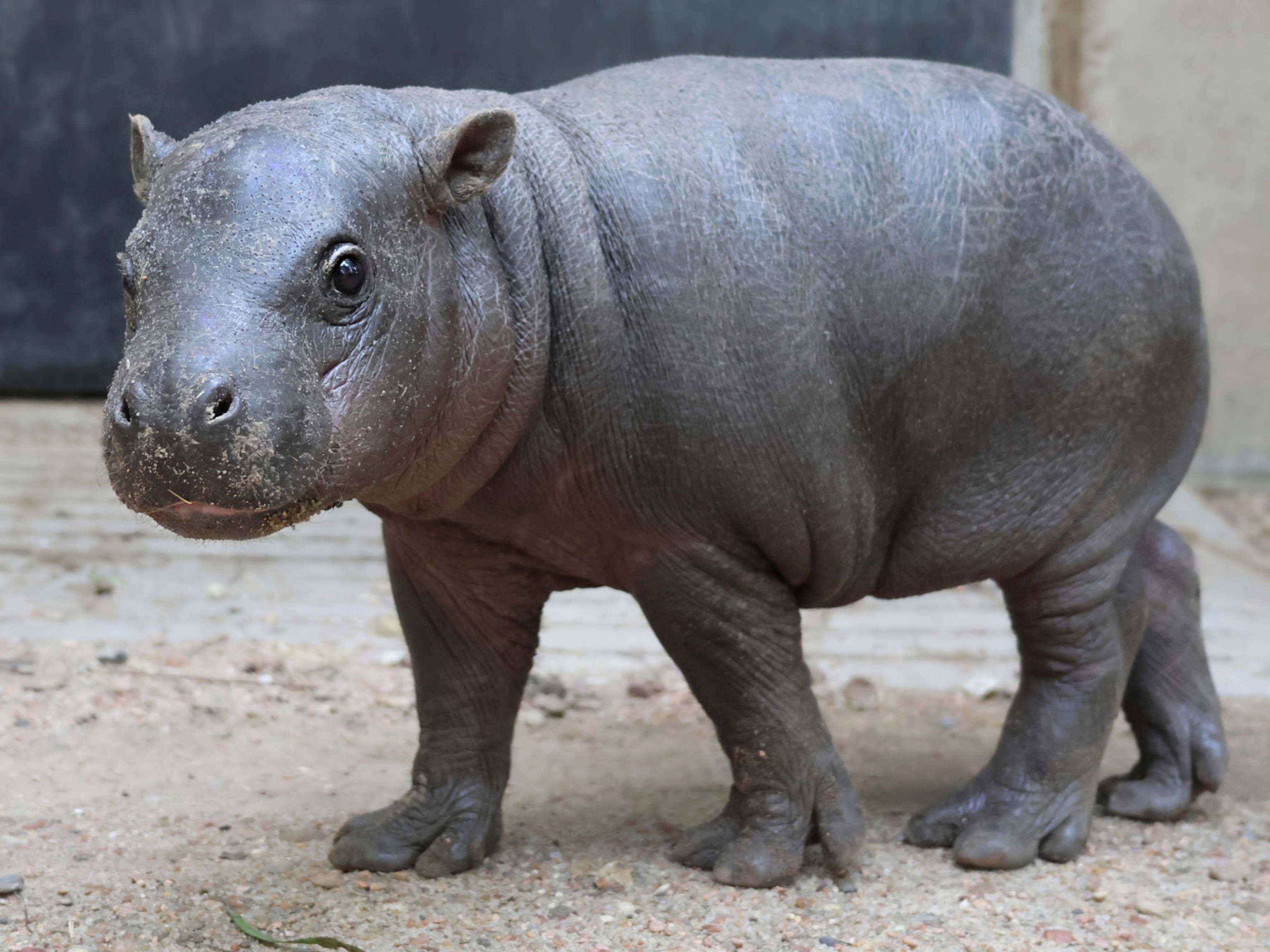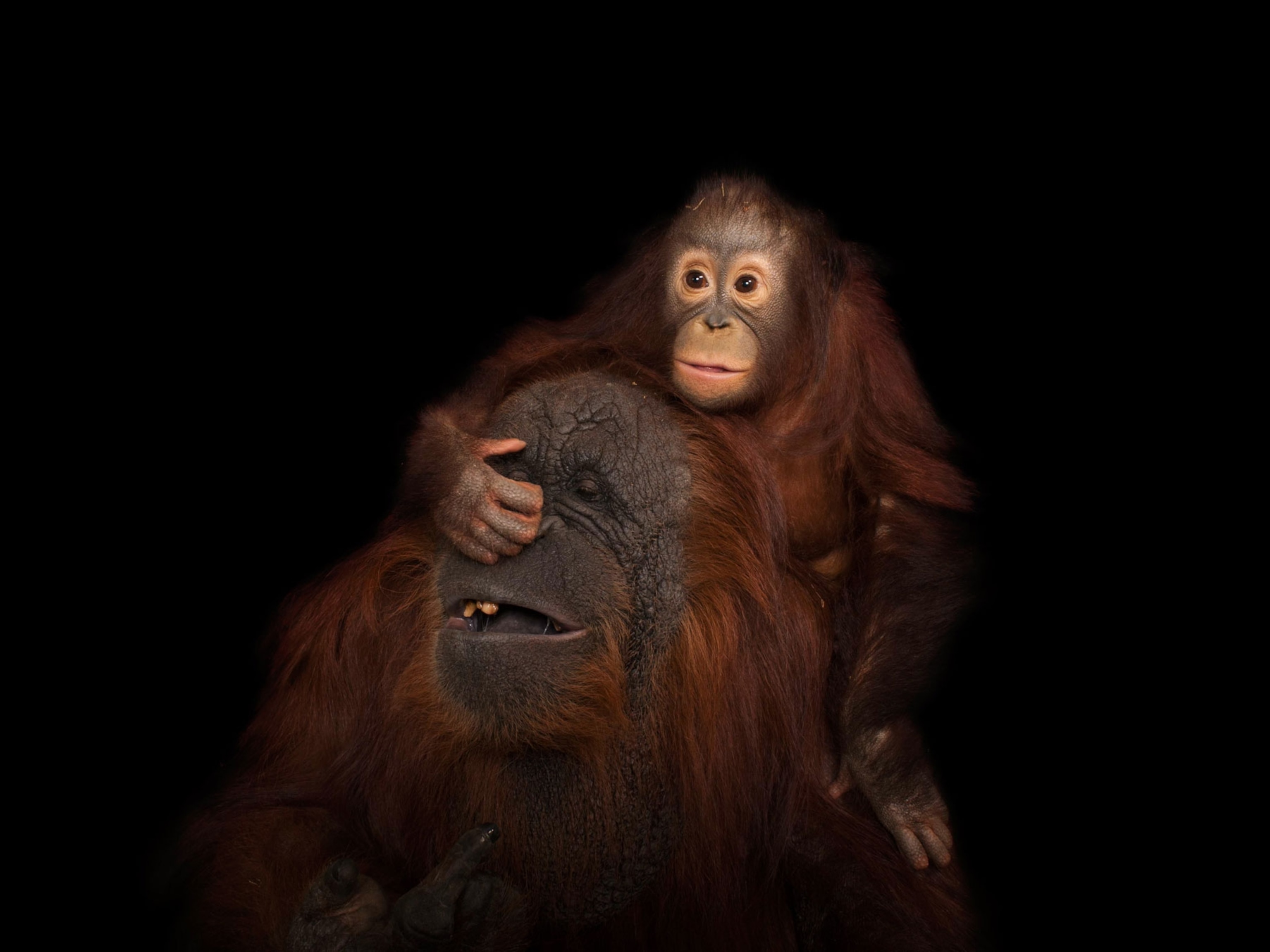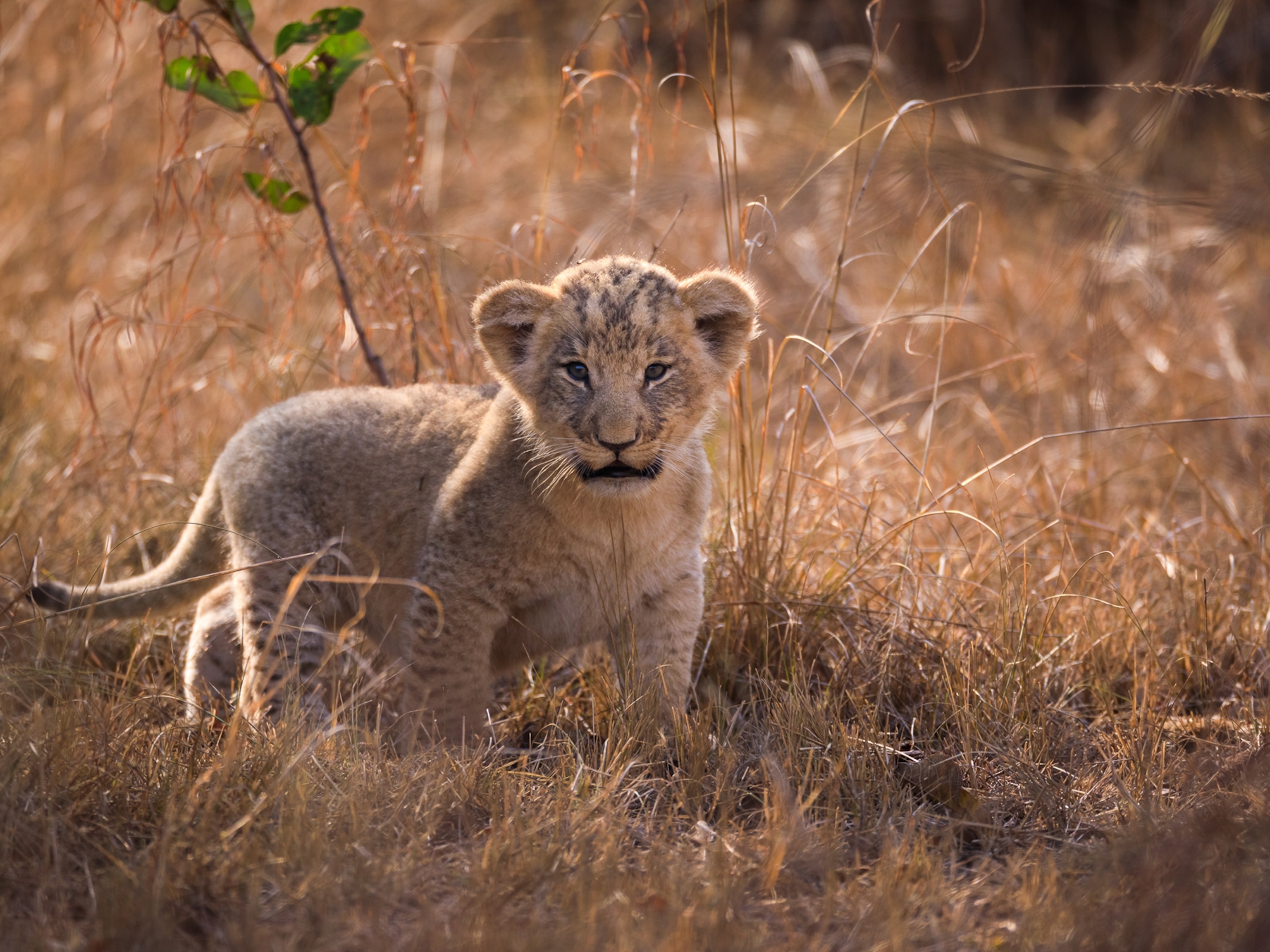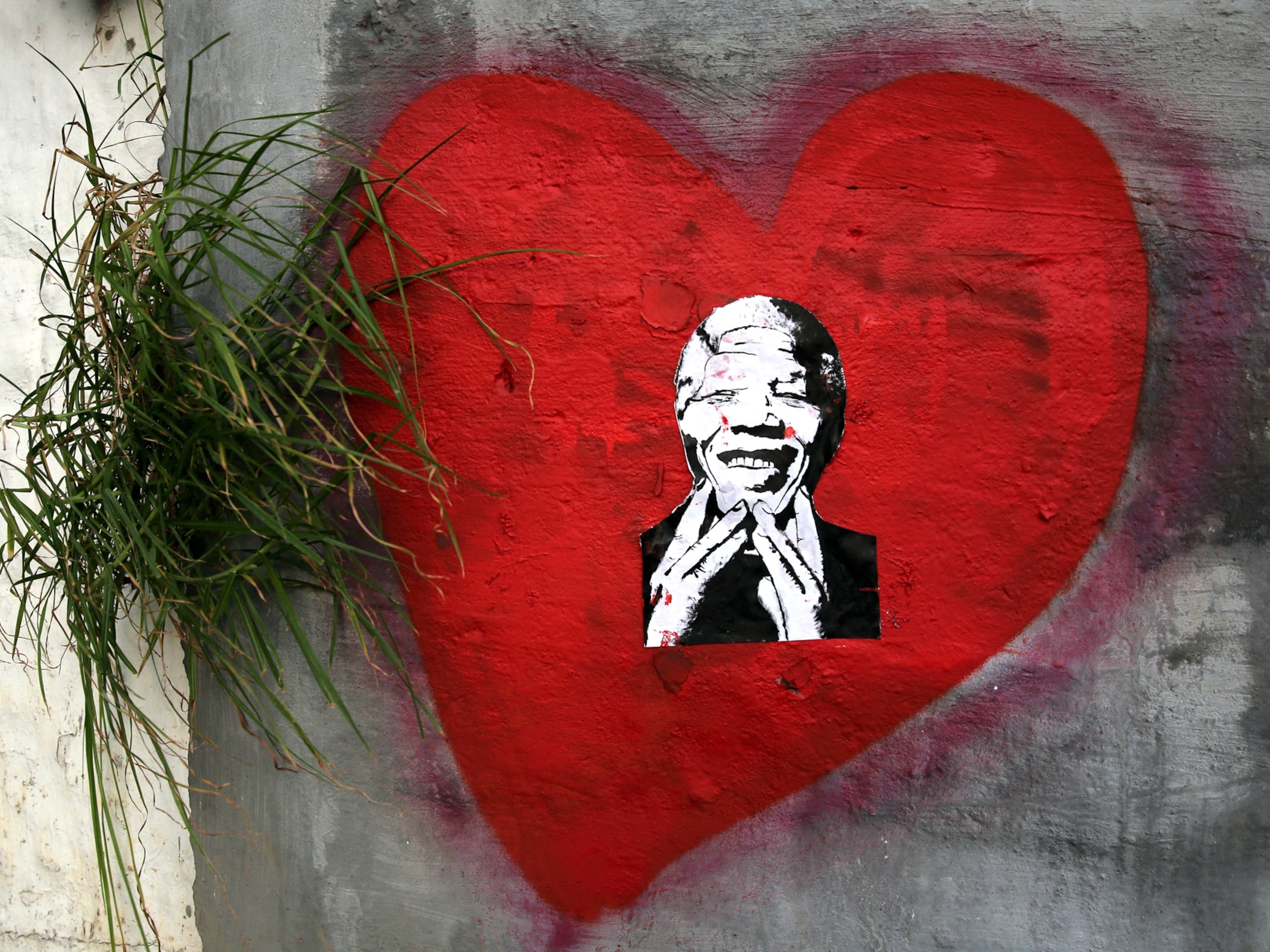
Baby Pygmy Hippo Latest in Viral Video Craze: Does the Trend Help the Animals?
In recent weeks, the world has tuned into the lives of Fiona the Hippo and April the Giraffe.
A baby pygmy hippo in Sydney has been making headlines after a video of her was shared by Taronga Zoo, where she was born. The zoo is planning to have a competition to name the hippo.
Pygmy hippos are endangered, with only 2,000 to 3,000 of the West African species left in the wild.
Another baby hippo, Fiona, captured the hearts of the world in recent weeks after she was born prematurely and nursed back to health. Her typical-baby antics have been shared millions of times. (Learn why even ugly-cute animals make us go “aww.”)
Viral fame brings awareness to the existence of certain animals, and zoos reap the benefits of the contributions.
Animal Adventure Park in upstate New York has drawn praise and criticism from all over the world for its live feed of April the pregnant giraffe. In detailed Q&A videos, the owner of the animal park defends the park against a slew of well-meaning critics who have been questioning the state of her straw, feeding containers, outdoor enclosures and any number of other particulars.
(Fiona the Famous Baby Hippo—Everything You Need to Know)
One fan’s complaint to YouTube about the live feed of the pregnant giraffe caused YouTube to take the feed down briefly for “nudity/sexual content.” The fan apparently claimed livestreaming the birth of a baby giraffe was vulgar and perhaps exploitative. (See the rare sight of a gelada monkey birth, captured by a National Geographic photographer.)
On one hand, zoos can benefit from video advertisements, sponsorships and donations from the public as a result of the animals’ limelight. On the other, there’s no guarantee the money will go directly to animal care or advancement of the species.
April the Giraffe has a sponsorship page that has drawn in almost $70,000. The park’s GoFundMe page says the funds will be used to “offset care at the facility.”
Fiona the Hippo’s donation page says the raised funds go toward veterinarian costs, as her premature birth has necessitated 24/7 care.
There are downsides to keeping animals in captivity. In another viral incident last year, Harambe the gorilla was fatally shot by zookeepers to protect a toddler who fell in his enclosure. A rhino in a Paris zoo was recently poached for its horn. And on a day-to-day basis, wild animals in captivity lack some of the stimulation they would receive in the wild. (Read about the controversial SeaWorld orca shows.)
The Humane Society puts it simply: “If [zoos] are unable to provide animals with appropriate and humane care, they should not have those animals in their facilities,” while acknowledging, “because of the complexity of the issues surrounding them, it is problematic to characterize zoos and similar exhibitions of wild animals as a homogenous entity.”
Human understanding of what animals need in terms of enrichment is constantly evolving, as SeaWorld’s director said in a statement when announcing it would phase out its orca shows. The company couldn’t release its killer whales, it said, because they would be unfit for survival in the wild.





